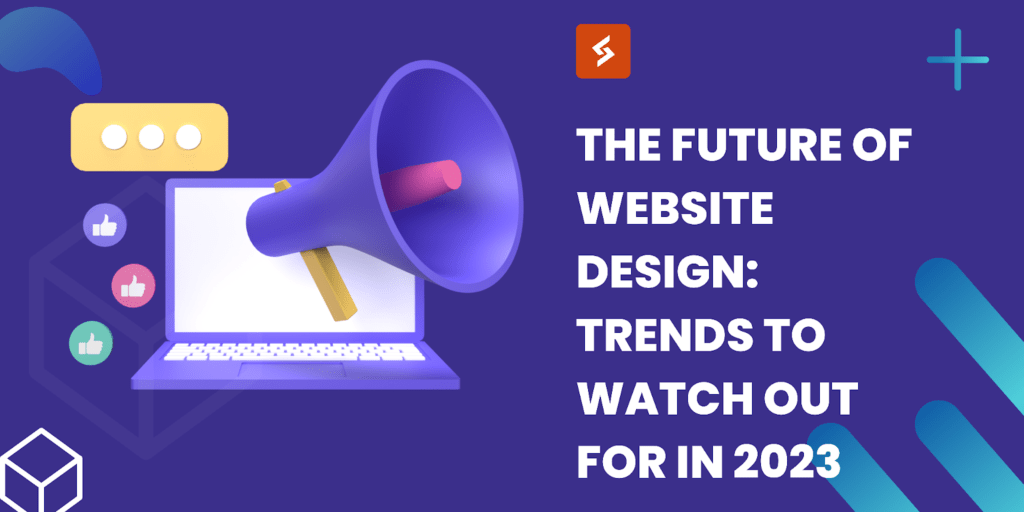In recent years, website design has become more vital than ever. With the rise of e-commerce and the increasing reliance on online communication, businesses and individuals alike need to have a strong online presence to succeed. As we move into 2023, there are several trends in website design that are worth watching out for. In this article, we’ll explore some of these trends and what they mean for the future of website design and development.
Complex Visuals and Engaging Design
In the year 2023, an essential movement in the realm of website design will be centered around the creation of visually striking and intricate websites that capture and hold the attention of users.
Accomplishing this requires designers to blend textures, colors, and shapes in a way that produces a mesmerizing website that appeals to the senses of visitors. In addition, designers are pushing the boundaries by experimenting with novel layouts and navigation options, resulting in a distinctive and captivating user experience that leaves a lasting impression.
Some of the main points of this trend involve incorporating abstract and surreal design features that evoke a sense of wonder and inquisitiveness in users, compelling them to delve deeper into the website. Alongside this, designers are implementing animated components and micro-interactions that imbue the user experience with an element of playfulness and enjoyment, making it all the more memorable.
As a consequence of these innovations, users can anticipate encountering websites that not only inform and entertain but also inspire and deeply engage them on a more emotional level, creating a more fulfilling and human online experience.
Immersive and Interactive Design
One notable trend set to take center stage in 2023 is the growing prevalence of interactive and immersive design features. As technology continues to evolve, creating websites that are more than just static pages of text and images is becoming increasingly feasible. In the coming year, we can anticipate seeing a surge in websites that utilize elements such as virtual reality, augmented reality, and 3D design. By integrating these features, designers can craft a more immersive and captivating user experience, which is particularly advantageous for businesses seeking to showcase their products or services compellingly.
A prime example of this trend can already be observed in the real estate sector, where many websites now offer virtual property tours. Such immersive experiences allow potential buyers to explore a property as if they were physically present, fostering a stronger connection and engagement with the product. Across various industries, this kind of cutting-edge design can serve as a powerful tool for businesses looking to captivate and convert their target audience.
Mobile Optimization and Accessibility

Alongside these design trends, there are also a handful of technological developments that are poised to make an impact in 2023. Mobile optimization will remain a critical aspect of website design as an increasing number of users rely primarily on their smartphones to access the internet. Additionally, designers will need to prioritize accessibility, ensuring that their websites are constructed in a way that is easy for users with disabilities to navigate.
One of the ways that designers are enhancing accessibility is through the integration of voice interfaces. These interfaces enable users to interact with a website using their voice, which can be particularly beneficial for individuals with mobility impairments. Furthermore, designers are incorporating more descriptive alt text into their images, providing users with visual impairments with a better understanding of the content of a website. By implementing these technical advancements, designers can create websites that are accessible to a wider range of users, making the online experience more inclusive and user-friendly for all.
AI Integration in Website Design
conclusion
In conclusion, website design is constantly evolving, and 2023 is shaping up to be an exciting year for the industry. With a focus on complex visuals and engaging design, immersive and interactive elements, mobile optimization and accessibility, and AI integration, designers are working to create websites that are more engaging, personalized, and effective than ever before.
As we move into the future, businesses and individuals need to stay up-to-date on the latest trends in website design. By incorporating these trends into their websites, they can create a strong online presence that engages users, showcases their products or services, and ultimately drives success. With the right design and strategy, the future of website design looks bright.
